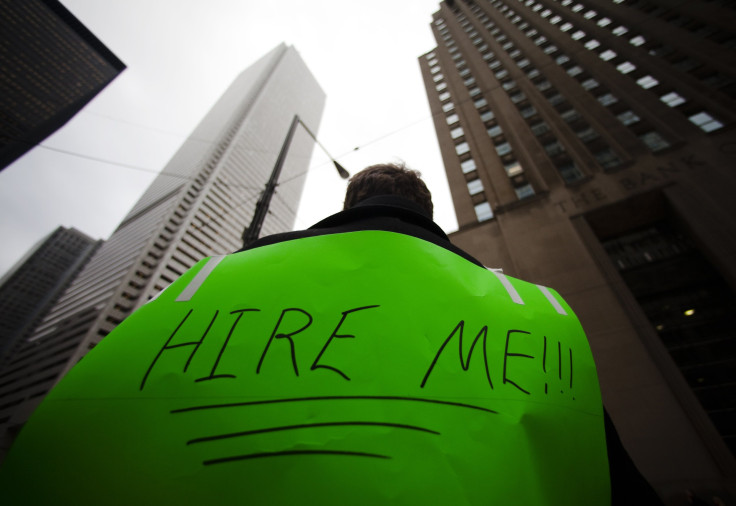UN Warns Of Increase In Global Unemployment, Says Bringing It Down A 'Daunting Task'

The United Nations’ International Labour Organization (ILO) said, in a report released Monday, that global unemployment levels were expected to rise over the next five years, and that by 2019, at least 212 million people worldwide could be out of work -- up from 201 million in 2014. This, the U.N. agency warned, could eventually contribute to “social unrest” among unemployed youth across the globe.
“Young workers aged 15-24 are particularly hit by the crisis, with a global youth unemployment rate of almost 13 per cent in 2014 and a further increase expected in coming years. By contrast, older workers have fared relatively well since the start of the global financial crisis in 2008,” ILO said, in its World Employment Social Outlook report, adding that “heightened youth unemployment” is common to all regions and is occurring despite improvements in educational attainment.
“More than 61 million jobs have been lost since the start of the global crisis in 2008 and our projections show that unemployment will continue to rise until the end of the decade,” ILO Director-General Guy Ryder said, in a statement released Tuesday.
ILO estimated that 280 million jobs would need to be created by 2019 to close what it termed the “global employment gap” -- the number of jobs lost since the start of the financial crisis. However, the agency warned that if current trends continue, bringing joblessness back to pre-2008 economic crisis levels would be "as daunting a task as ever.”
According to the report, while the employment situation has improved in the U.S., where the jobless rate is expected to fall below 6 percent in 2015, it remains difficult in several advanced economies in Europe as well as in many developing nations around the world. The report found that South Asia and Sub-Saharan Africa accounted for three quarters of the world’s vulnerable employment -- referring to people in the workforce who are the least likely to have formal work arrangements and access to social protection programs.
The report also warned of widening income inequality, predicting that the gap between rich and poor would continue to increase worldwide. Currently, the report said, the richest 10 percent earn 30 percent to 40 percent of the total income worldwide, while the poorest 10 percent earn about 2 percent of the total income.
“In several advanced economies, where inequalities historically have been much lower than in developing countries, income inequalities have worsened rapidly in the aftermath of the crisis and in some instance are approaching levels observed in some emerging economies,” ILO said, in the report.
According to a report released by charity group Oxfam on Monday, the richest 1 percent of the world’s population will have more wealth than the remaining 99 percent by 2016.
The ILO report came shortly after the International Monetary Fund reduced its global growth forecast for 2015-2016, highlighting the economic slowdown in many countries brought about by sluggish investment, slowing trade and falling commodity prices.
© Copyright IBTimes 2024. All rights reserved.





















